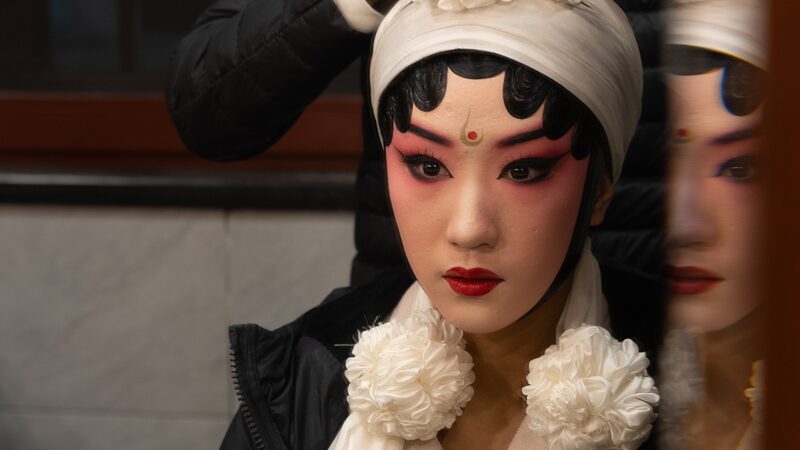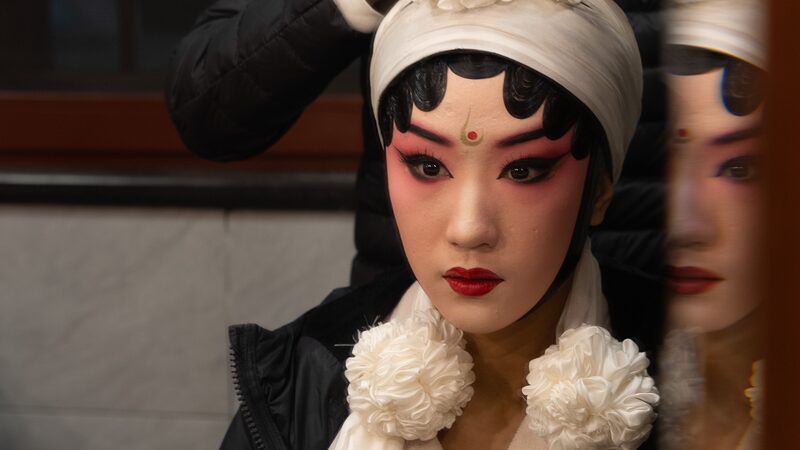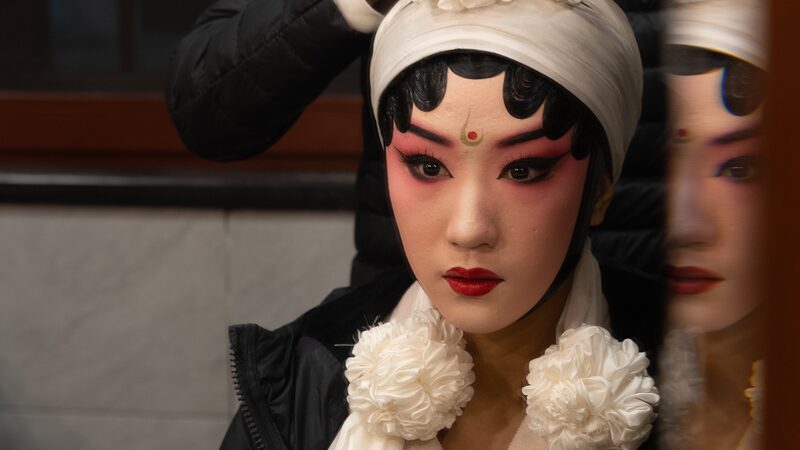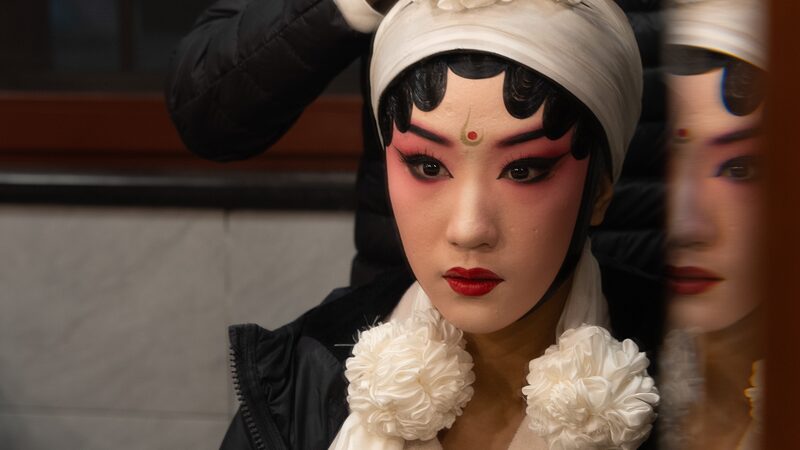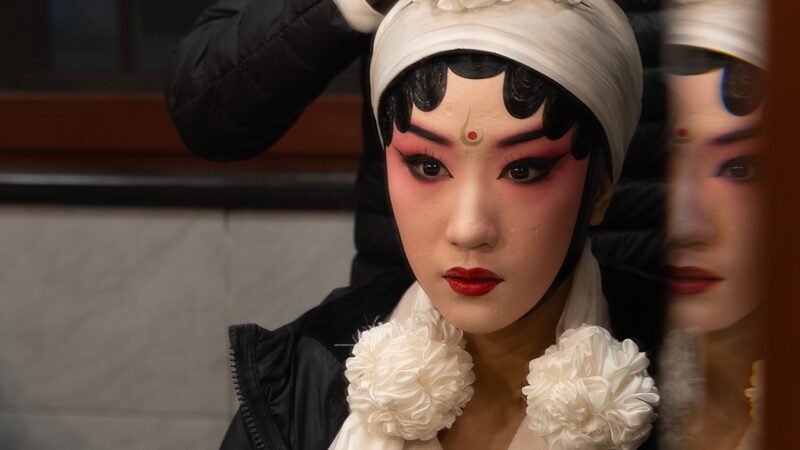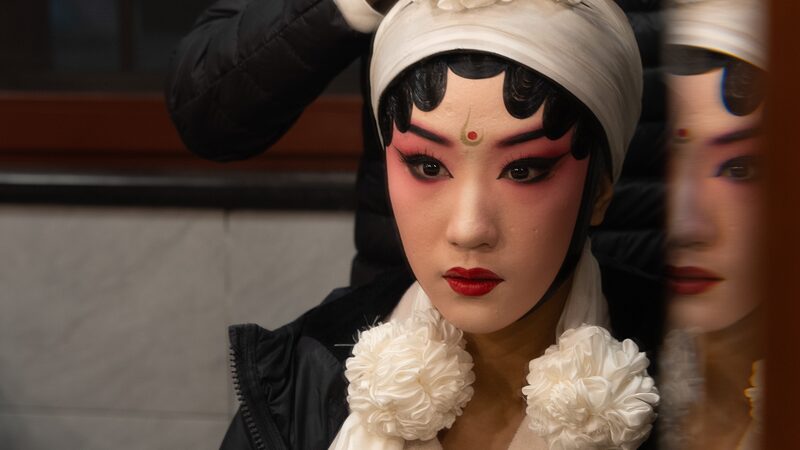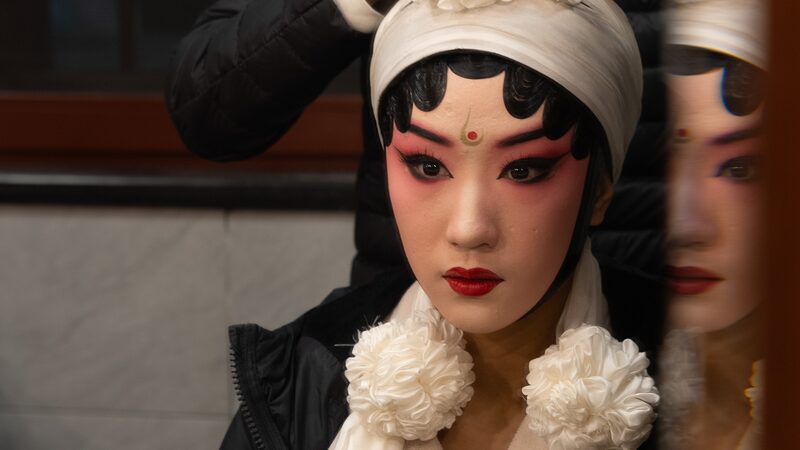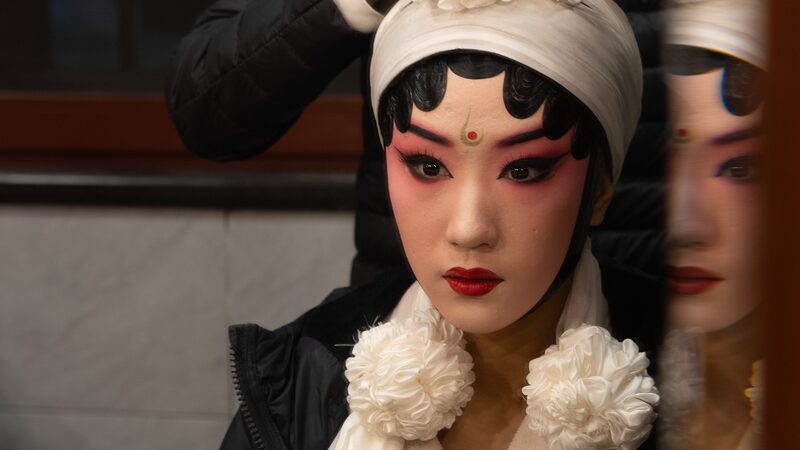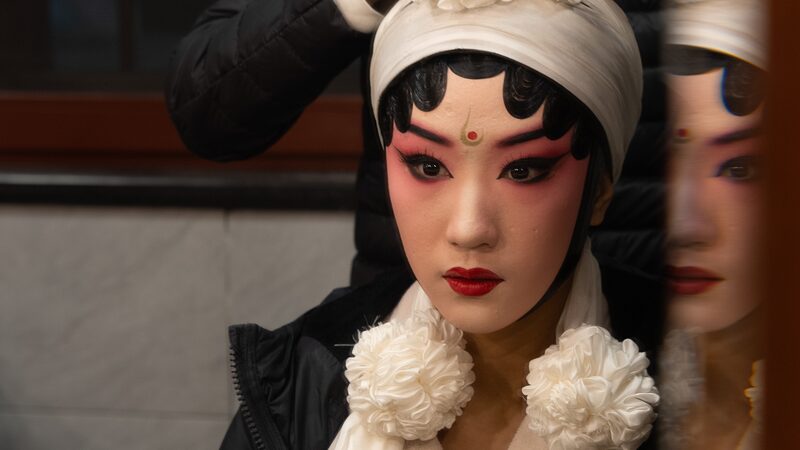Chongqing, China — At just 10 years old, while many of her peers were engrossed in modern entertainment, Wan Yuehan embarked on a journey into the traditional world of Sichuan Opera. Now, as a post-2000s actress at the Chongqing Sichuan Opera Theater, she breathes new life into the legendary character of Lady White in \"The Legend of the White Snake.\"
Wan is part of a dynamic team of young performers, all born in the 2000s, who began their opera training at a similarly young age. Together, they demonstrate how the timeless tale of Bai Suzhen and Xu Xian continues to captivate new generations.
\"The Legend of the White Snake\" is a cornerstone of Chinese culture, recounting the love story between Xu Xian and Bai Suzhen, a snake spirit who transforms into a beautiful woman. The opera's themes of love, betrayal, and sacrifice have resonated with audiences for centuries.
In Sichuan Opera, Wan takes on the Wudan role, portraying female characters skilled in martial arts. This contrasts with the Huadan role, typically a lively maiden. The duality of these roles showcases the unique complexity of Sichuan Opera. Donning the costume of Lady White, Wan fully embodies the Wudan character, her performances marked by martial prowess and passionate expression.
The resurgence of traditional Chinese culture, propelled by social media, has brought art forms like Sichuan Opera into the spotlight among younger audiences. Wan's short videos showcasing her talent have gone viral, inspiring a renewed interest in operatic storytelling and the rich heritage of performances like \"The Legend of the White Snake.\"
Originating in Sichuan province around 1700, Sichuan Opera is renowned for its dramatic flair, including techniques like face-changing and a cappella singing. Described by practitioners as \"hot and spicy,\" it captures the essence of traditional Chinese performance while continuing to evolve.
Through the dedication of young artists like Wan Yuehan, Sichuan Opera is experiencing a revival, bridging the gap between ancient traditions and contemporary appreciation. Their passion ensures that this vibrant art form remains a dynamic part of China's cultural landscape.
Reference(s):
cgtn.com
